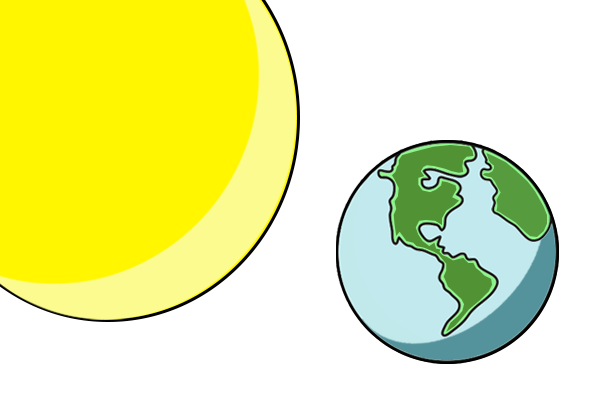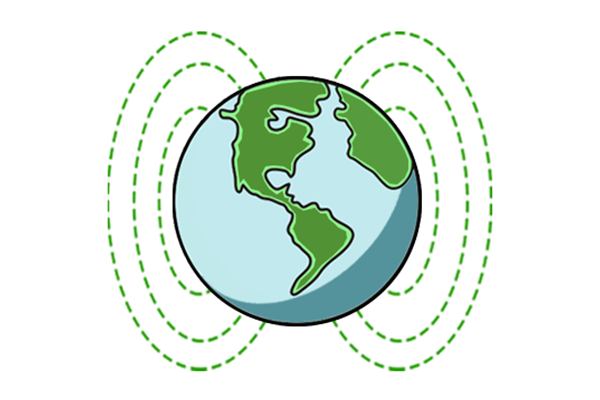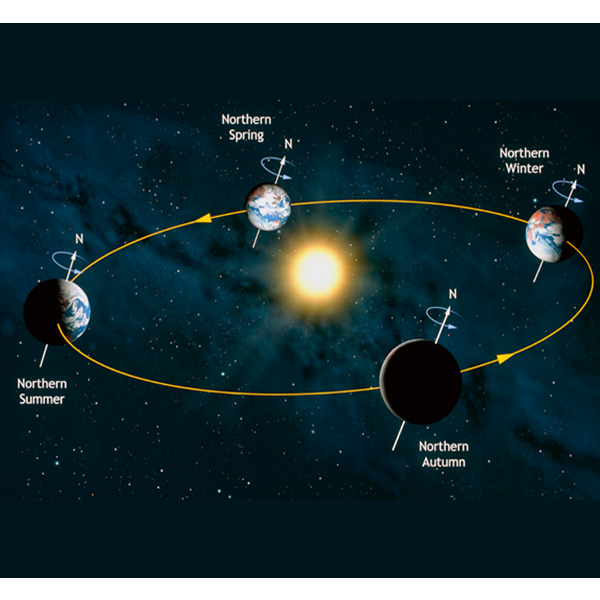
The biggest magnet on the planet is the earth itself. Today marks the celebration of the earth and in particular it remembers when French Physicist, Leon Foucault, revealed the Earth rotates on its axis! To celebrate we have put together some interesting facts to celebrate the Earth.
Why does the earth rotate?
“The Earth keeps spinning because it was born spinning”
– Kevin Luhman, an assistant professor of astronomy at Penn State
Rotating is known as the fundamental behaviour of objects in the universe. To help explain this hear is an expert in the field Fraser Cain, publisher of Universe Today.
Is it important the Earth rotates?
The Earth’s rotation is important for several reasons, such as our seasons! It is important the Earth rotates, or it would mean one side of the earth would be constantly facing away from the Sun, meaning that side of the planet would be extremely cold and uninhabitable, vice versa to the side that would be constantly facing the sun, it would be too hot. This also mean we would no longer have any days or nights as the planet would be stuck facing the same position to the Sun. The Earth is tilted 23.4 degrees on its ‘axis’, this is an imaginary line straight through the middle of the planet that forms the North Pole to the South Pole. As the earth orbits the sun it is rotating meaning that different parts of the Earth are tilted towards the sun at different times of the year.
Facts about the Earth
The Earth’s rotation is gradually slowing.
It has been proven that the Earth’s rotation is slowing down, this deceleration is happening gradually over time, to be exact approximately 17 milliseconds per hundred years. This may not seem a lot, but it could mean in 140 million years’ time that this will increase the length of our days to 25 hours!

Did you know?
You may or may not be aware the earth rotates on its axis and one full rotation takes 24 hours to complete. However, did you know is that the speed of the earth’s rotation can change from day to day and year to year. Meaning our 24-hour days, or solar day, aren’t exactly 24 hours this means each day can be longer or shorter than each other with a matter of seconds. A mean solar day is based on the yearlong average, but the basic concept of a solar day itself is the length of time for the earth to complete one full rotation on its axis.

Did you know?
The Earth’s magnetic field, high above the planet’s surface in an area known as the magnetosphere deflects these dangerous rays keeping us safe from harm. However, this magnetic bubble, isn’t entirely aligned with the spin. Instead, the dynamo of Earth’s core creates a magnetic field that is slightly tilted from the planet’s rotational axis. For more information on the earth’s magnetic field visit blog here.
Misconceptions on the earth
It is a common misconception that a magnetic compass points towards the Earth’s geographic north pole; instead a compass points towards the Earth’s magnetic poles.
The second misconception is that the magnetic pole in the region of the geographic North Pole is the magnetic north pole, when actually it is the magnetic south pole. When you consider that opposite magnetic poles attract it is apparent that this should be the case as the north end of a compass is attracted to the magnetic south pole, and therefore a compass points in the direction of the magnetic south pole, and by default the geographic North Pole.
The Earth and the universe is an remarkable thing and is importantly our home. Today we hope we have made you think about our planet and have learnt a thing or two. The earth is monitored and researched on a daily basis and there will be much more to discover about our planet. So make sure you keep up to date and remember to check in on the latest news of the planet we call home!



